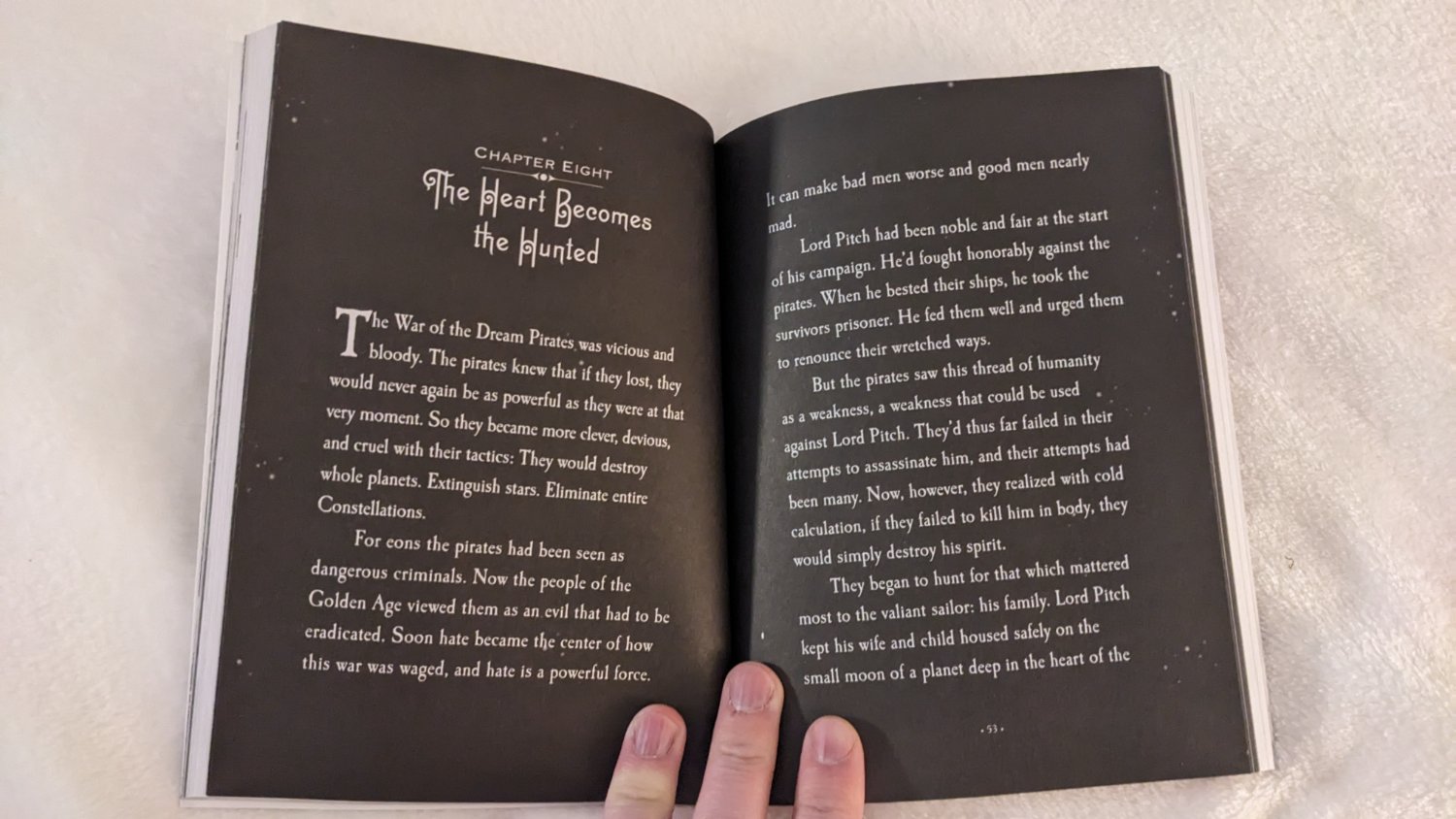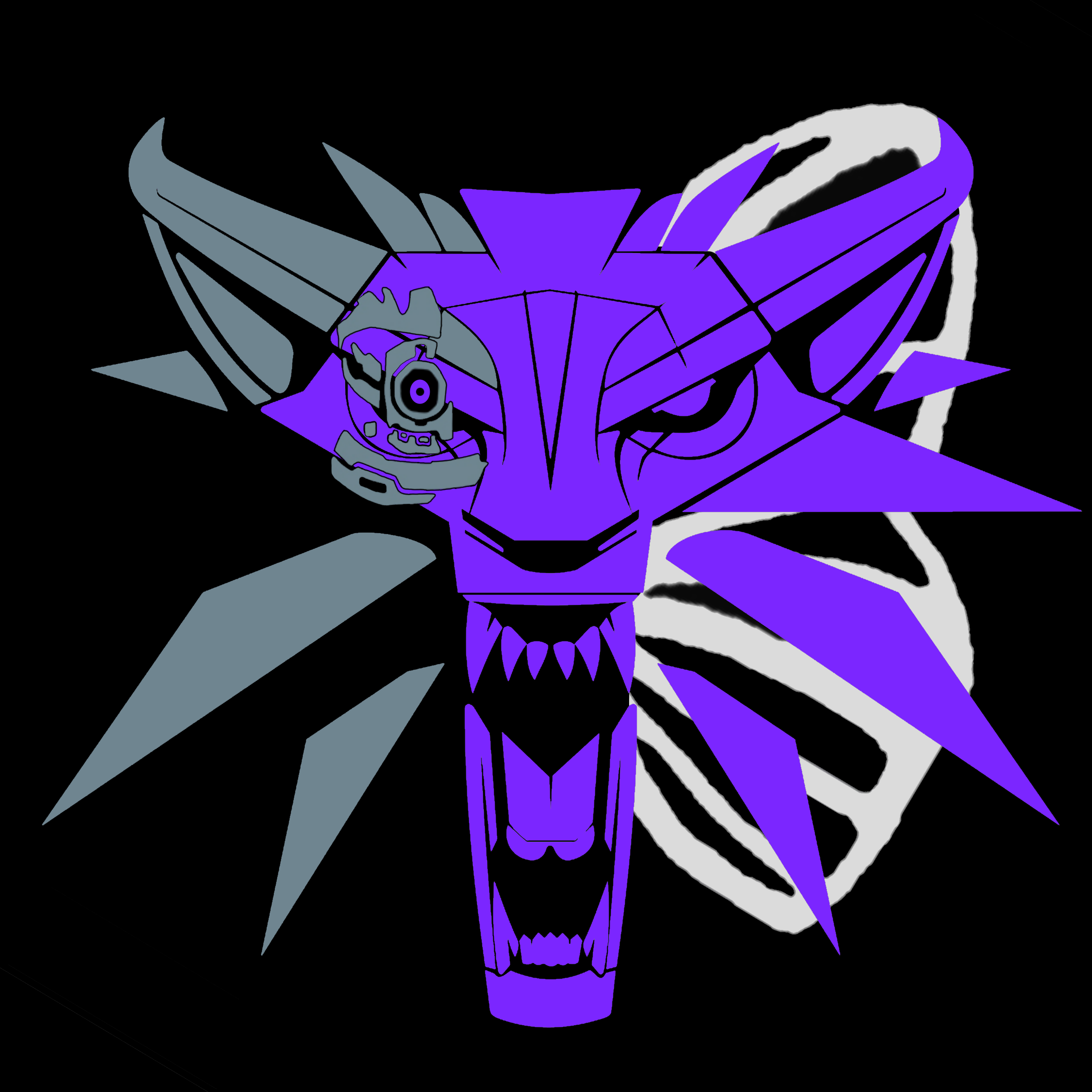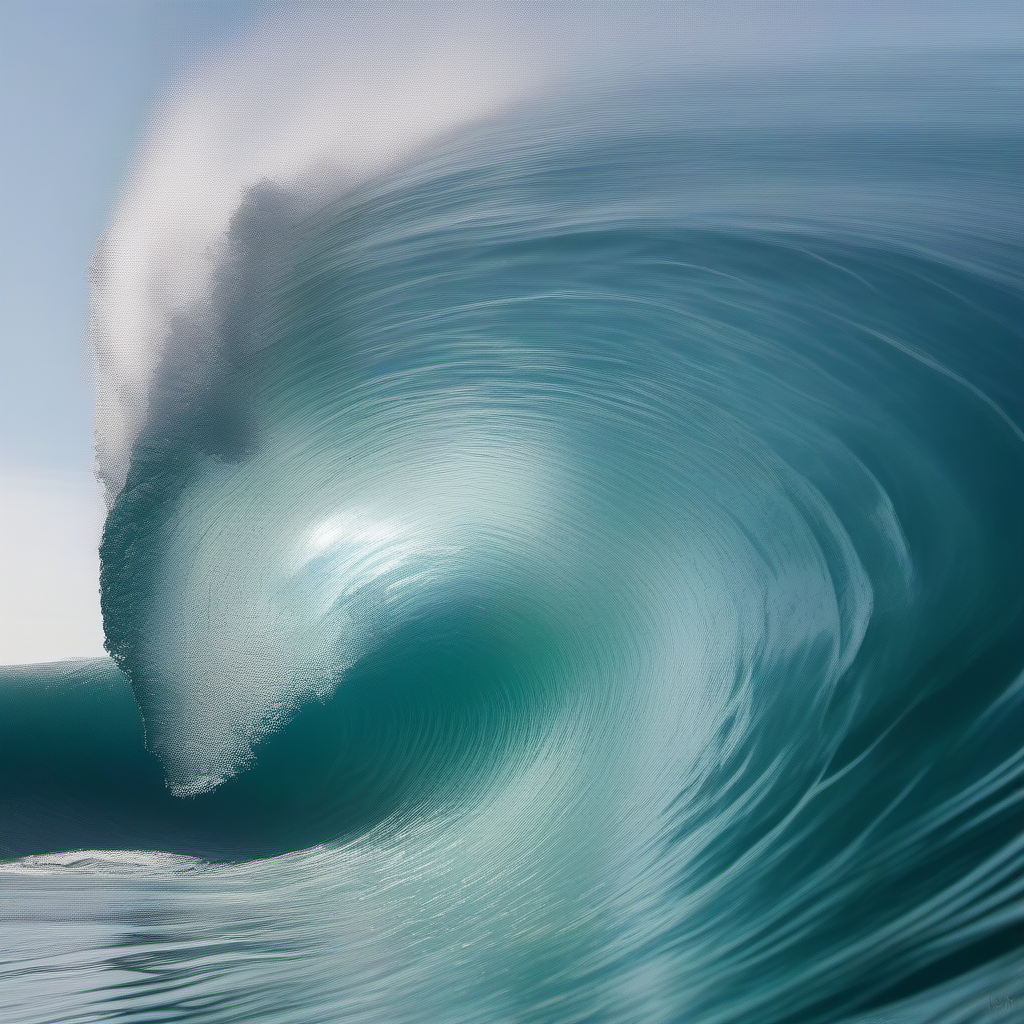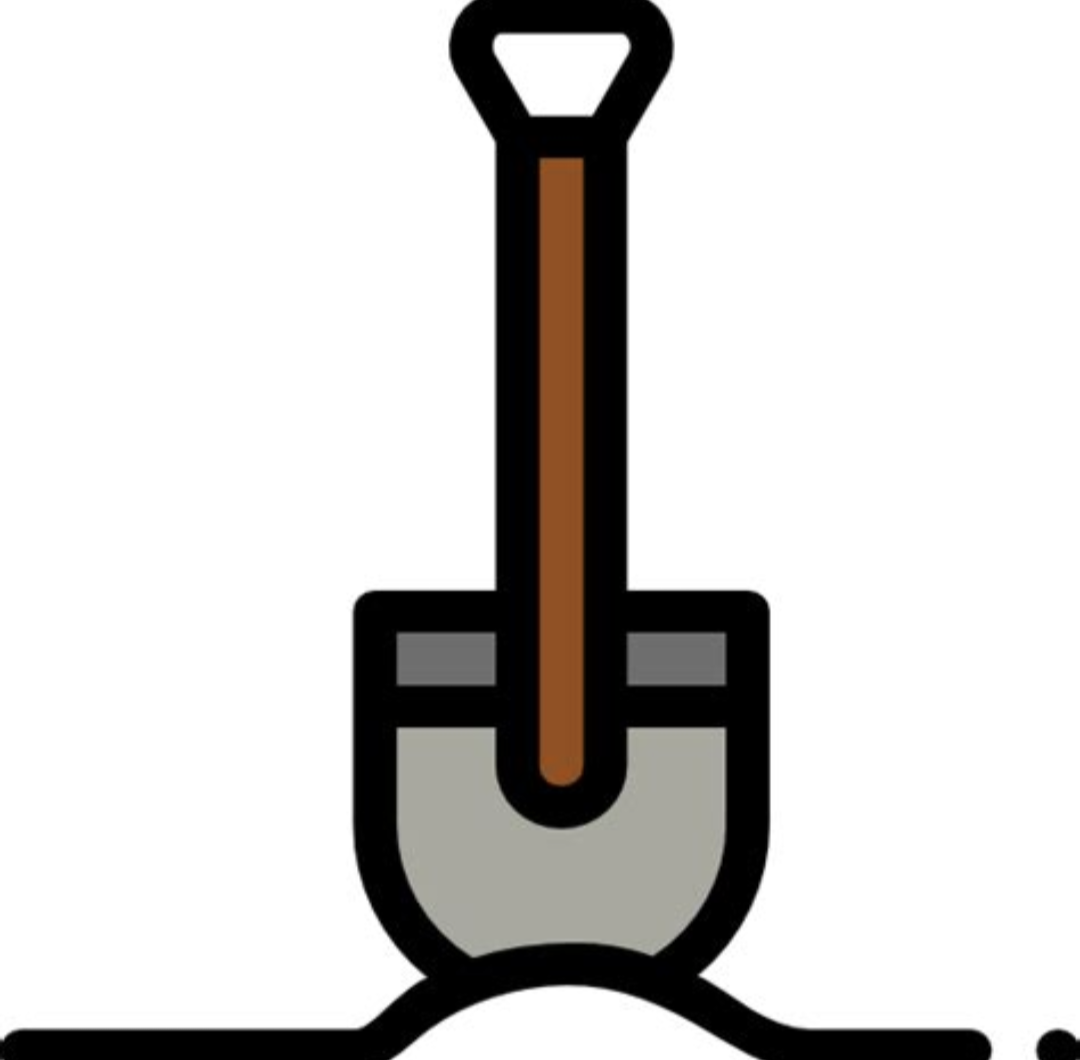Black or coloured papers, and non-black ink, cost more than plain white-ish paper and black ink.
In a physical medium, it’s way cheaper and easier to make light color thing dark than make a dark colored thing light. “Dark mode” books would require dyeing each sheet black, then painting the text on top of each sheet, rather than what is currently done, where we bleach each sheet white, then dye the text into each sheet.
Somewhat related - this is why printers use CMYK, rather than RGB. Computer screens use pure light, so they simply emit whatever combination of light they need to, and your eyes add them together. In a physical medium, however, what we see is based on what is reflected, i.e. not absorbed. Hence, each color of ink, in additive terms, is two colors together (cyan is green+blue, magenta is red+blue, etc). When you combine CMYK colors, you can precisely control what wavelengths of light are being absorbed in order to reflect the correct color.
Books don’t emit light in the visible spectrum so it does not make it easier on the eyes in low light conditions.
Historically it’s also cheaper because paper is some shade of white and it’s cheaper to not soak the page in ink.
Same reason that it’s uncommon for any page to have most of the page covered in ink, regardless of whether it’s a book or a sheaf of papers or whatever. Ink costs something, and it’s cheaper to put ink on a little bit of the page than it is to put ink on everything but a little bit of the page. Unless there’s a compelling reason to do otherwise, you take the cheaper route.
What if you use white ink on black paper?
You need to dye the paper. And the white ink would need to be suuuper opaque to even have a chance to be readable
Which is basically impossible to do

The Guardians of Childhood series has a few chapters that are printed in “dark mode.”
It’s way more expensive.
There are dark mode books? Just not that many.
@GolfNovemberUniform Its bad for your eyes to read in the dark, some kids books do have black pages and white text, like horror ones






